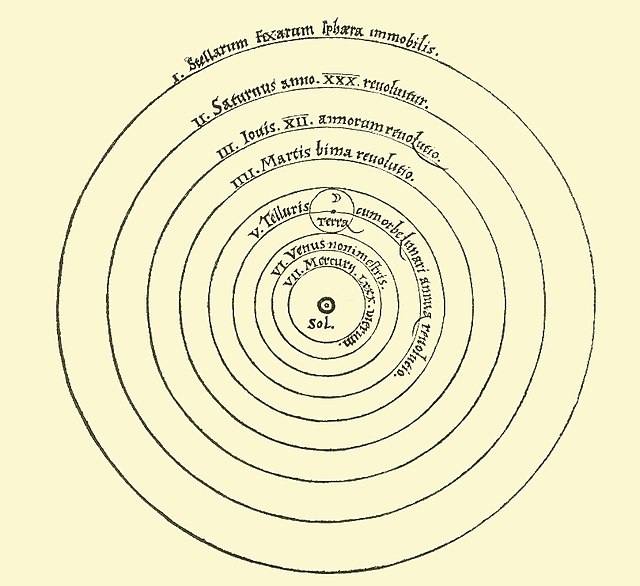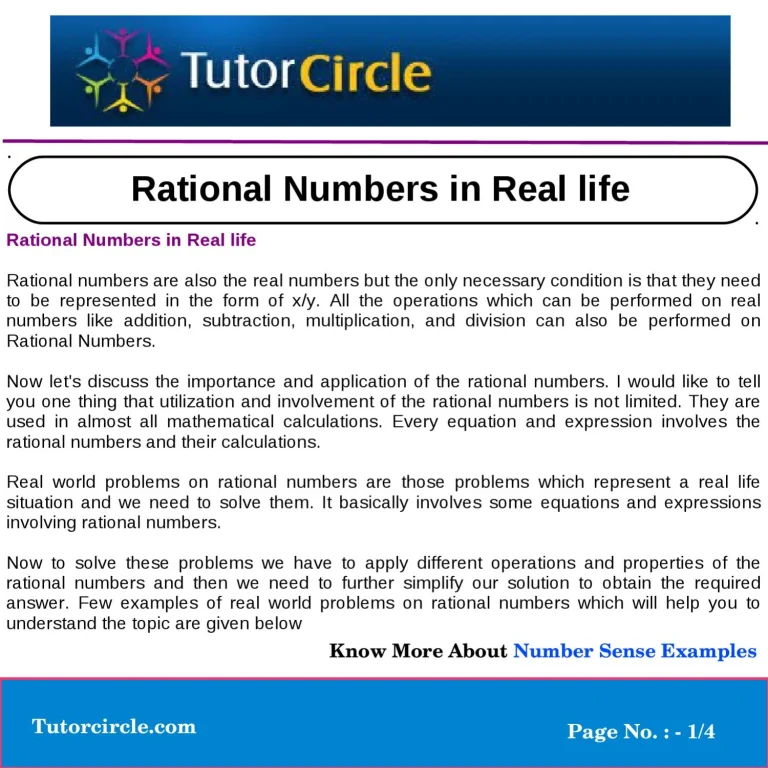Why Was Heliocentrism Rejected?
Heliocentrism is the belief that the sun is the center of our solar system and that the planets orbit around it. This idea was first proposed by the ancient Greek philosopher and scientist, Aristarchus of Samos in the 3rd century BC, but it was rejected by the scientific community of the time due to a lack of evidence and a belief in the geocentric model, which held that the Earth was the center of the universe. This rejection lasted for over 1,500 years until 1543 when Nicolaus Copernicus finally published his heliocentric model. Despite this, heliocentrism was still met with resistance from a number of religious and scientific communities who refused to accept the idea that the Earth revolved around the sun. This rejection was based on a number of factors, including a misunderstanding of the scientific evidence and a fear of contradicting the teachings of the Catholic Church. Ultimately, this resistance was overcome by the work of Copernicus, Galileo, and other scientists who were able to prove the validity of heliocentrism.
Historical Context of Heliocentrism
Heliocentrism, where the sun is the center of the universe, was a revolutionary concept first introduced by Copernicus in the 16th century. While it has since become widely accepted, the idea of heliocentrism was initially rejected due to its conflict with the established astronomical model of the time. To understand why heliocentrism was initially rejected, it is important to look at the historical context in which it was proposed. At the time, the Aristotelian-Ptolemaic system, which placed the Earth at the center of the universe, was accepted as fact and endorsed by the Catholic Church. This system was based on ancient Greek and Roman philosophy as well as the Bible and had been used since the 2nd century. Copernicus’s heliocentric model challenged this system and was thus seen as a heresy. Furthermore, the heliocentric model was considered too complex and difficult to understand for the general public. Consequently, it wasn’t until Galileo presented clear and compelling evidence that heliocentrism was given any serious consideration. It wasn’t until the scientific revolution of the 17th century that heliocentrism was finally accepted as fact.
The Argument Against Heliocentrism
The idea of heliocentrism—the idea that the Sun is at the center of our Solar System—was met with resistance from the scientific community for centuries. While it was proposed in the 16th century by Nicolaus Copernicus, it wasn’t until the 17th century that it started to gain traction. But why did it take so long for people to accept heliocentrism? One of the main arguments against the idea was that it violated the long-held belief that the Earth was the center of the universe. This belief had been accepted since the time of the Ancient Greeks, and it was difficult to challenge it. Additionally, the idea of heliocentrism seemed to contradict the Bible, which was seen as a powerful argument against it. Heliocentrism was also seen as an overly simplistic model of the universe, which meant that it could not explain the motion of the planets. All of these arguments made it difficult for heliocentrism to gain acceptance for centuries. However, the advancements in science and technology eventually allowed it to be accepted as the correct model of the Solar System.
Counterarguments to the Argument Against Heliocentrism
The idea of heliocentrism, or the idea that the sun is the center of the solar system, was met with a great deal of resistance when it was first proposed. This was due to the fact that it contradicted the widely held belief at the time that the Earth was the center of the solar system. Despite the validity of the heliocentric model, it was rejected by many for centuries until the evidence became too strong to ignore.
One of the main arguments against heliocentrism was that it went against the teachings of the Bible. The Catholic Church was among the most vocal opponents of heliocentrism, and they argued that it was contrary to the scriptures. In addition, many people also argued that heliocentrism was too complex and difficult to understand. They argued that the idea of the Earth moving around the sun was too hard to comprehend and that it was easier to accept the idea that the Earth was the center of the universe.
Despite these arguments, there were also a number of counterarguments to the Church’s objections. For example, some argued that the Bible was not meant to be taken literally and that it did not actually depict the solar system as being geocentric. Furthermore, some argued that the complexity of the heliocentric model was actually a strength rather than a weakness, as it showed that the universe was more complex than previously thought. Finally, some argued that the evidence in favor of heliocentrism was too strong to ignore, and that it should be accepted as the most accurate way to understand the solar system.
Ultimately, the evidence in favor of heliocentrism became too strong to deny, and it was eventually accepted by most scientists and theologians alike. Despite the initial resistance, the heliocentric model was eventually embraced and has now become the accepted understanding of the solar system.

The Acceptance of Heliocentrism
For centuries, heliocentrism – the belief that the Earth and other planets revolve around the Sun – was rejected by the scientific and religious communities alike. The history of heliocentrism is a long and fascinating one, and an important part of understanding why it took so long for it to be accepted.
The Ancient Greeks were the first to propose a heliocentric model, with Aristarchus of Samos in the 3rd century BC and later, Copernicus in the 16th century. But these ideas were largely rejected by the scientific and religious communities. The geocentric model, which placed the Earth at the center of the universe, was accepted as the only viable explanation for the universe.
The rejection of heliocentrism was due to several factors. One was the fact that the geocentric model was widely accepted and well supported by the Church. There was also the problem of the lack of physical evidence to support the heliocentric model. Additionally, the mathematics and physics required to accurately calculate the orbits of the planets made the heliocentric model a difficult one to accept.
In the end, it was Galileo Galilei who provided the proof needed to accept heliocentrism by using the newly invented telescope to observe the planets and the stars. His observations, combined with the evidence provided by other scientists, eventually led to the acceptance of heliocentrism as the correct model of the universe.
The Impact of Heliocentrism
on Astronomy
The concept of heliocentrism, the idea that the Sun and not the Earth is the center of the universe, was a revolutionary concept in astronomy and was initially met with a great deal of resistance. It was rejected by the scientific community for centuries and was only accepted in the 17th century. So why was heliocentrism rejected for so long? The answer lies in the impact that heliocentrism had on the existing astronomical models and the implications it had for the religious beliefs of the time.
At the time, the prevailing notion was that the Earth was the center of the universe and that the Sun, planets, and stars revolved around it. This geocentric model was supported by the teachings of the Catholic Church and had been accepted as fact for centuries. The introduction of heliocentrism, which contradicted this established belief, was seen as a threat to the Church and was thus rejected by the scientific community.
The implications of heliocentrism were far-reaching. It challenged established beliefs and was seen as a threat to the status quo. However, its impact was not limited to religious beliefs. It also had a profound impact on astronomy, as it challenged the existing geocentric model and led to the development of new models that could better explain the motion of the planets. This ultimately led to the advancement of the field of astronomy and the development of new theories and discoveries.
Summary and Conclusion
Heliocentrism, the belief that the Earth and other planets revolve around the Sun, was a revolutionary concept that changed the way humans viewed the universe. It was initially met with great resistance from religious leaders and traditional astronomers. However, over time, it became widely accepted as the most accurate model of the universe. This essay explored why heliocentrism was rejected and how it eventually gained acceptance. It was found that the initial rejection of heliocentrism was largely due to religious beliefs and a lack of evidence to support it. However, over time, the evidence for heliocentrism increased significantly, and the scientific community began to accept it as the most accurate model of the universe. This shift in thinking revolutionized the way humans view the universe and opened up new possibilities for exploration and discovery.
FAQs About the Why Was Heliocentrism Rejected?
1. What is heliocentrism?
Answer: Heliocentrism is a model of the solar system in which the sun is at the center and the planets orbit it.
2. Why was heliocentrism rejected in the past?
Answer: Heliocentrism was rejected in the past because it contradicted the prevailing geocentric model of the universe, which was supported by the teachings of the Catholic Church.
3. What changed to make heliocentrism accepted?
Answer: The development of the telescope and the discoveries made by Galileo Galilei in 1609 helped to confirm the heliocentric model and it became accepted as the scientific consensus in the 17th century.
Conclusion
It is clear that the notion of heliocentrism was rejected for many reasons, including the fact that it was seen as a threat to the religious views of the time and the lack of scientific evidence to support it. Additionally, the lack of knowledge of the physics of the time made it difficult to understand and accept the concept of heliocentrism. Ultimately, heliocentrism was rejected by the scientific community and religious authorities at the time, but it would eventually be accepted centuries later as we now know it to be true.





